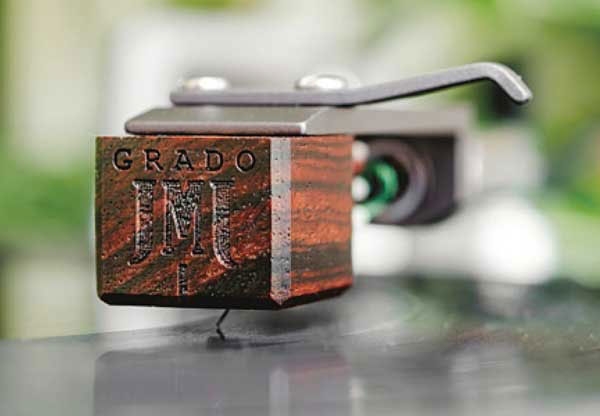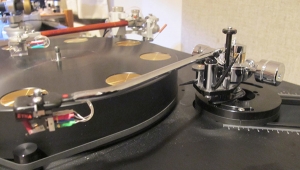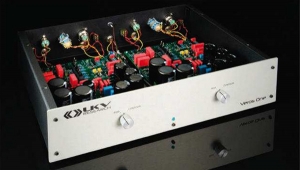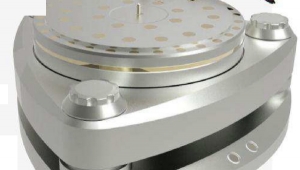| Columns Retired Columns & Blogs |
Heard a lengthy demo in the SOTA room and was mightily impressed. MF said it best, so I won't posit an opinion.
I love the fact they positioned themselves very well with multiple upgrade paths for current owners and yet have also furthered their new offerings as well.
And I really like their partnership with Phoenix Engineering a few years back- smart moves to help SOTA customers get to the next level.







































